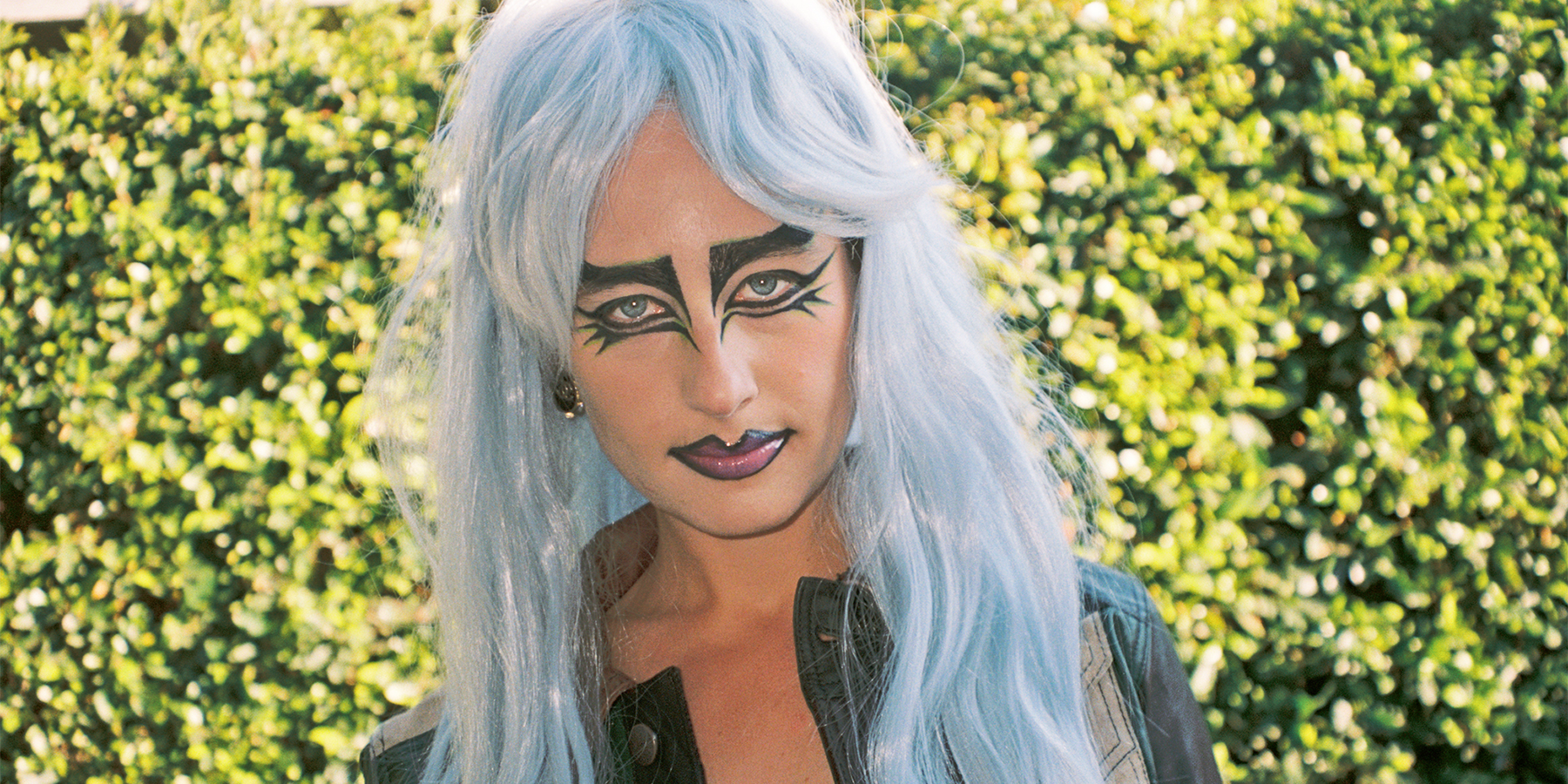
Photographer Maya Fuhr's dream world consists of leather and latex, just as long as they're in sunlight. "I've never really been one for the underground world," she says over Zoom, ruminating on the topic. Fuhr doesn't want to be strictly relegated to nightlife or the shadows, instead favoring the idea of a space where sexuality, gender, fetish and kink can be explored and celebrated above ground — something that mirrors the communities, both online and offline, that she's formed around queerness and identity.
Thinking of hypothetical worlds during the pandemic feels pertinent — a time in which everyday life has become more complicated and constrained. While it's easy to become disillusioned by the unpredictability of the future, dreaming is a way of adapting to change and moving towards a life that better reflects our internal selves. Art especially gives us the room to channel our fantasies into something tangible that can help us connect to others and make these ideas feel real.
This is exactly what Fuhr did. Pre-pandemic, a regular night out filled with movement and flirtation was a ritualistic way of getting in touch with her sensuality. As life shifted though, she had to find new ways of exploring this aspect of herself and ultimately decided to get in front of the camera for a series of self-portraits.
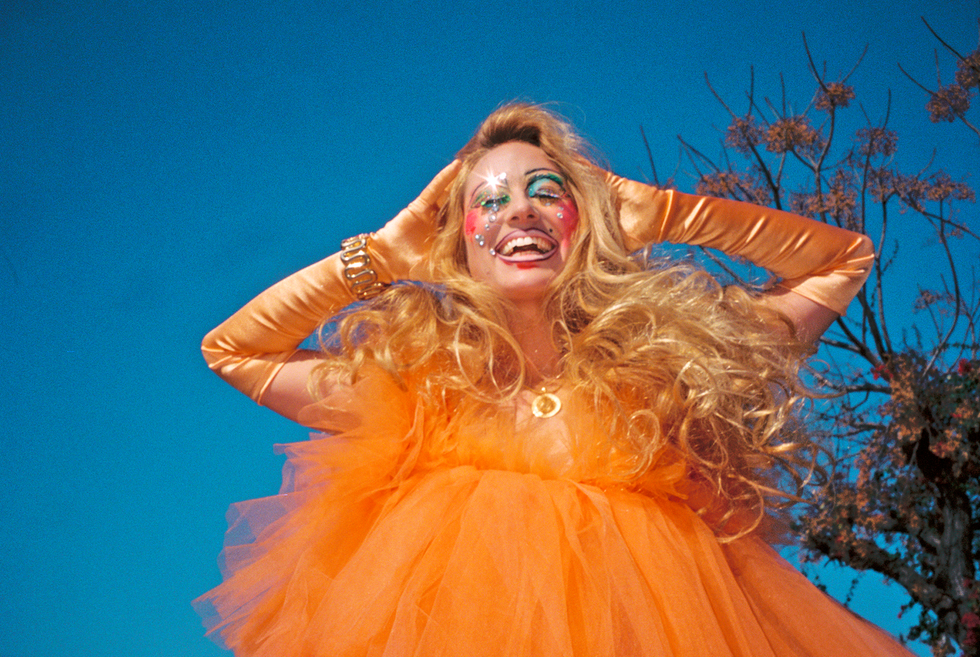
Having recently relocated to Los Angeles, this project also gave Fuhr the opportunity to collaborate and build relationships with makeup artist Brithani Phatal, hair stylist Mayra Godoy and fashion stylist Branden Ruiz. Later in the process, Fuhr commissioned work from L. Llewellyn James of (Alphaholics Non-Anonymous) to create 3D computer modeled portraits based on the photographs as a way of elevating her identity through different characters.
For Fuhr, the image of a sacred goddess meets the image of a cybernetic avatar to tell a visual story of hyper-femininity and performance. "There's a newness to the series," she says, considering how her recent move to LA has shifted her work and practice at large. The experimental change is palpable and yet, her voice and curiosity about the human condition remain intact.
Below, PAPER speaks with Maya Fuhr to learn more about the origin of her self-portrait series, the overlap between sexuality and spirituality, and art as a tool for sex education.
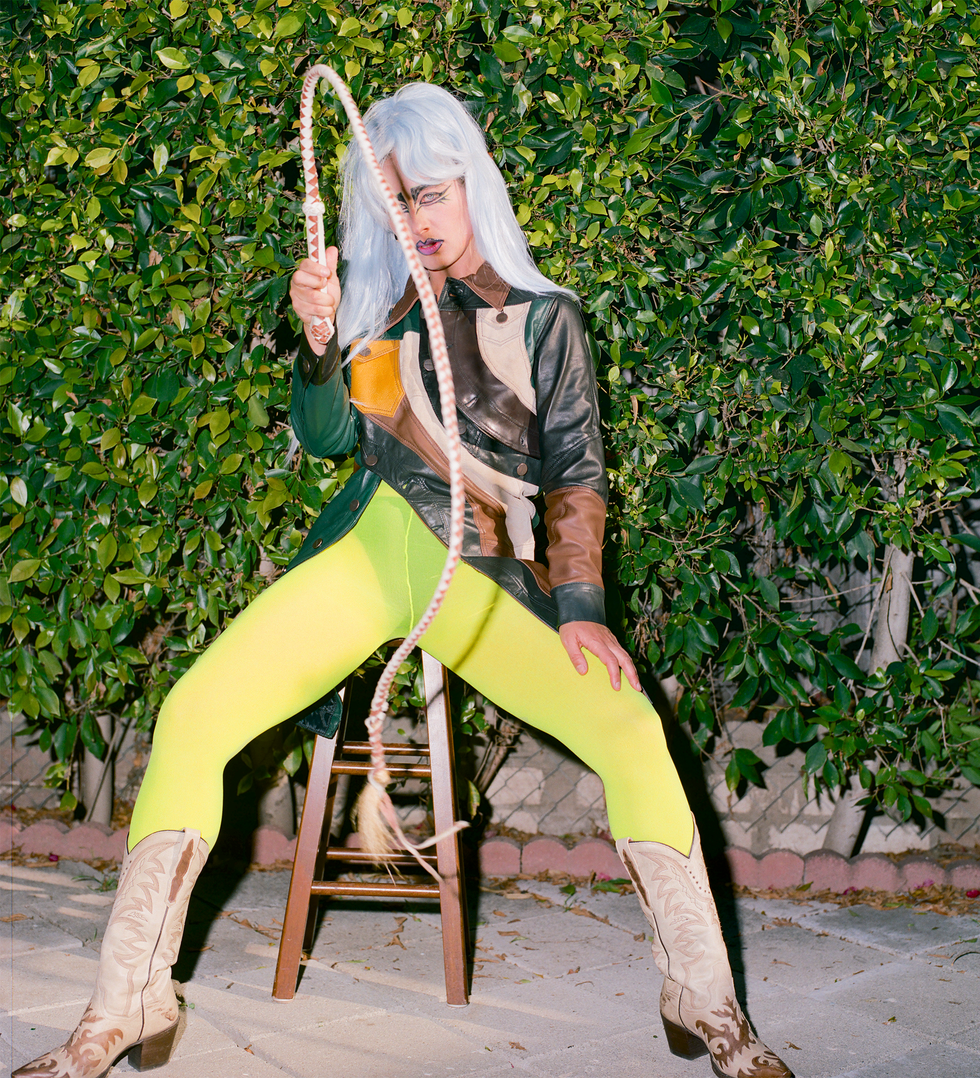
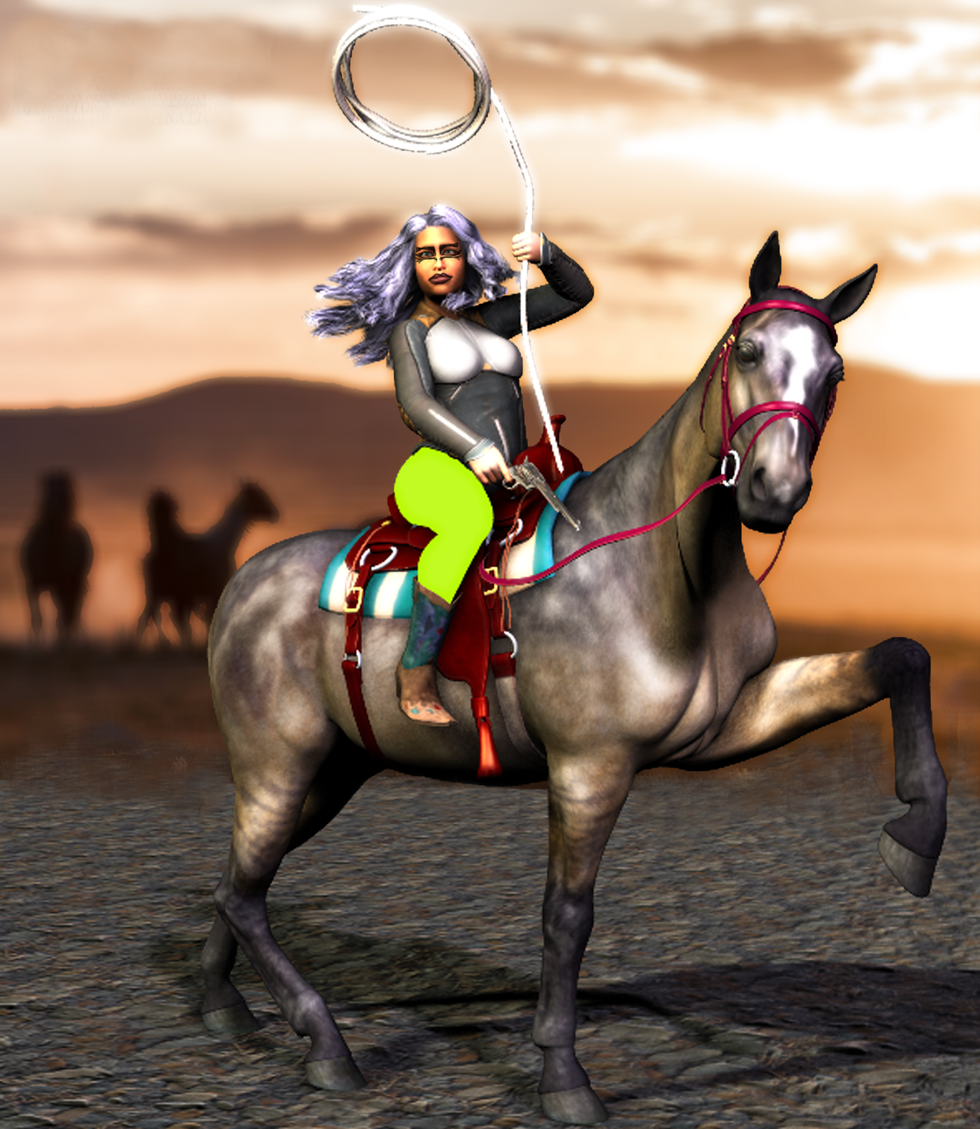
What was the thought process behind this series?
I've always loved dressing up and playing with my gender. It's been a part of my life for a long time. When I moved to Montreal at 19, I was a burlesque dancer. That was an amazing way for me to explore my body, confidence and femininity. [The photo-series] is an opportunity for me to play that [ultra] feminine sexual character that I don't get to be every day. Sometimes, the best way to get my ideas across is to be in the photo myself.
In the past, you've cited Tracey Emin as inspiration. Her work feels very honest and raw. Is self-portraiture similarly a confessional practice for you?
I've been taking self-portraiture for the past 15 years and those photos are so sacred to me. They're almost too intimate and too personal to release at this point in my life. I imagine when I'm like 50 years old I'm gonna look back at them and then I might release a book in the same way Tracey Emin did where it's just her life in chronological order — not a structured piece, but more like a diary. With this series, it's definitely elevating who I am. I was seeing it as drag. I wouldn't call [the photos] intimate because it's almost like [wearing] a mask.
How do you pull joy and playfulness out of the people you photograph?
Conversation. I ask people a lot of questions. I'm never like, "I'm going to get to know you through my camera," which I'm sure a lot of photographers do. I'm really interested in finding out what's important to someone, what they're all about — really connecting with them before I take the photo. And there's a level of trust that I'm always creating. Sometimes if I need to sit and have a coffee with the person for half an hour before we shoot, I'll do that. I'll just be like, "Have a seat, there's no rush." And then also, I try to not take myself too seriously. Because I'm slightly casual and very curious, and I probably hold my body in a certain funny way, I think that it may just give people comfort. They have permission from me to let go of their ego or not have to play someone they're not.
I want to show you the book I'm reading, actually. Have you heard of it? The Sacred Prostitute: Eternal Aspect of the Feminine?
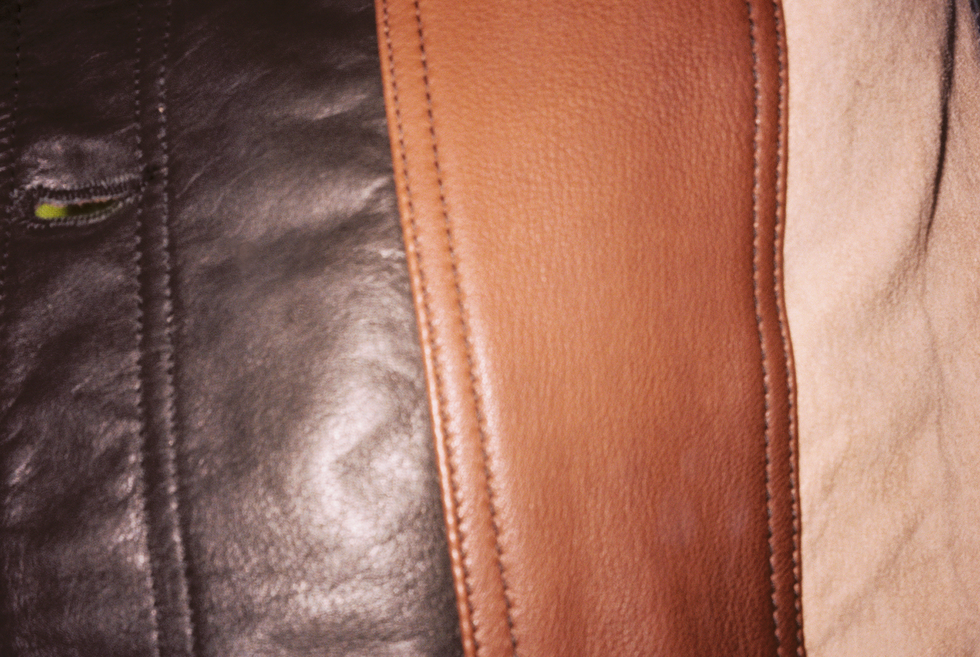
No, tell me about it.
It's basically talking about finding your inner sacred prostitute. It talks about the iconography of prostitutes and goddesses through history and how sexuality is related to spirituality. [My] sexuality is so important to me. When I get frustrated or thwarted with my sexuality in general, I realize it's important to go inward and find my spirituality and sacred goddess. That's what's going to make me feel sexy or sensual. It's not about circumstance. I think the self-portraits relate to that sense of feeling myself and most importantly feeling sexy.
Are there any other practices that you do on a more daily basis to connect you to your sexuality and spirituality as they intersect?
I try to meditate every day, get really present with my lower abdomen and breathe from my tummy. I used to play with clay a lot, but I haven't been making time for that lately. It's a constant exploration that I can always return to it. I make sure to have a lump of clay at all times for emergency purposes. [Dancing] was a big outlet for my sexuality, but I'm not able to do that as much anymore.
Do you feel like there's potential for photography to be useful as a tool for sex education, specifically in the way that image-making can rewrite traditional ideas on beauty and power?
One billion percent, yes. I don't even know how to describe it. I do shoot porn stars a lot [and in a way where] they're in power. And those photos are about a larger subject of creating conversations about sex. Like, what is pleasure? How do porn stars make you feel? What turns you on? I like shooting sex workers and porn stars to put these often ignored conversations out there. Sex education inspires me and performers are generous with their potential to teach us vividly.
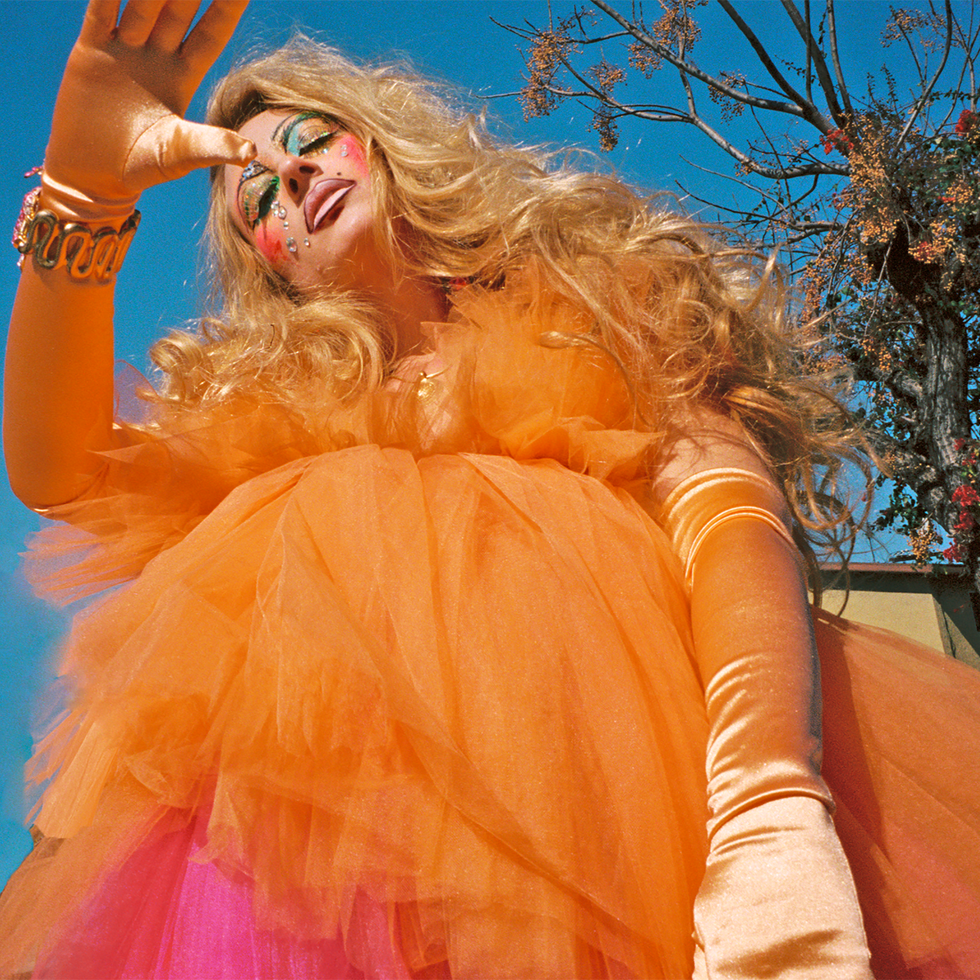
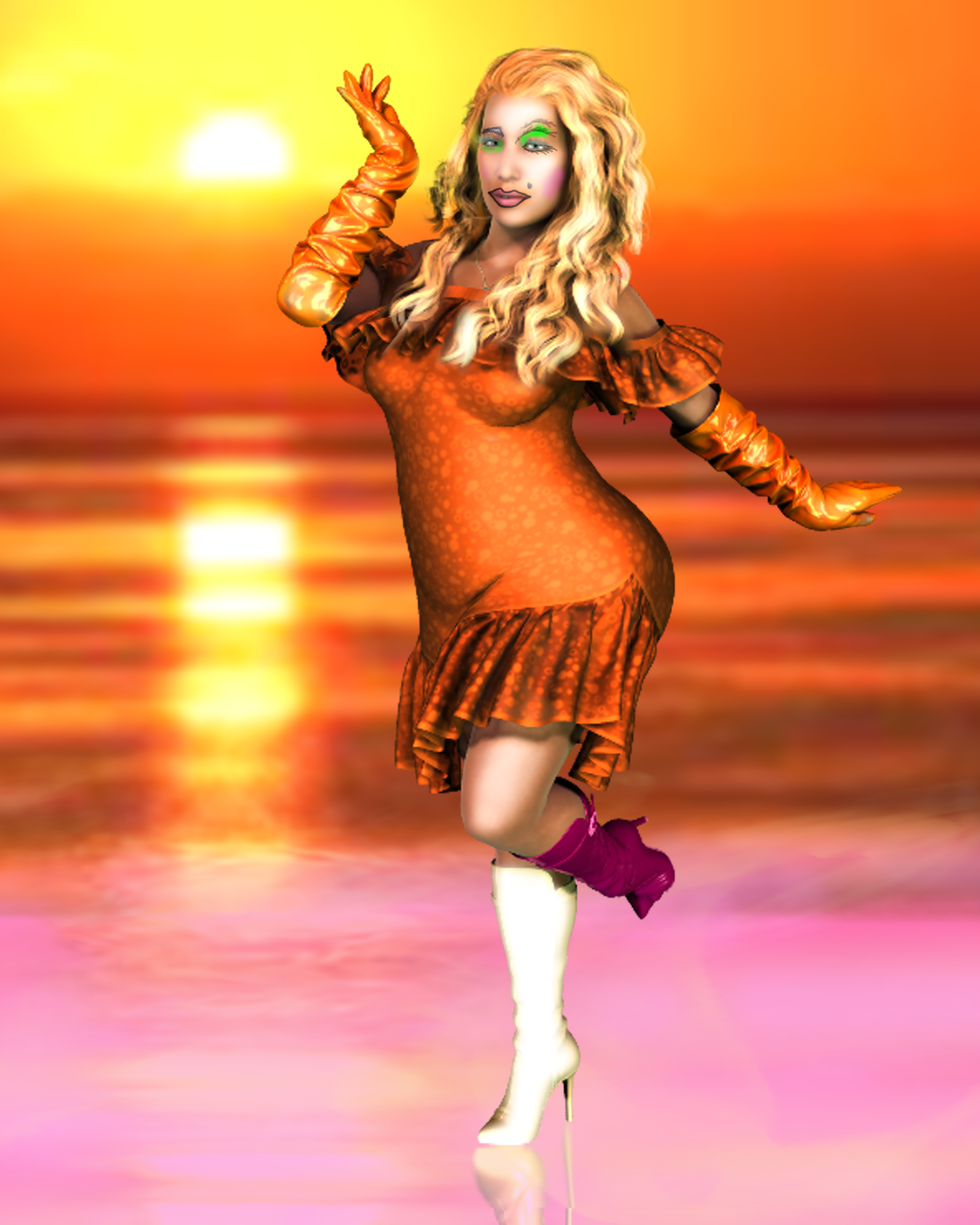
I want to talk more about your video work and how you honor the voices and experiences of sex workers.
To this day, my favorite shoots have been with porn stars because of their openness and energy. They have so much fun. And because I like being confident in my own body and being sexual, it is important that I relate to these women. They're so open and comfortable right away. It's really fun to capture. Interviewing them and getting to know them as people is very important because at the end of the day, they're just like many of us. They have sex and have their own unique stories.
I'm actually developing a [film] project with Ebony Mystique. She's an amazing force of nature I just shot and when we were bonding on set, she started telling me about how she used to be a nurse before the pandemic. And then we started talking about female anatomy and pleasure, [which] she applies to her porn work. Of course my mind's like, "Okay, well why don't we film you talking about squirting or something you love?" I want to share our conversation with the world and take the opportunity to inspire people to get to know their body too. Try something new. So I did a video of her talking about how to squirt because that informational stuff isn't really out there.
I think every woman should know about what turns her on — what an orgasm feels like. It's so important knowing your body and how it works because if you know what kind of pleasure you like and what your body likes, then you know what you don't like. You can gauge when it's not working or when it hurts or when you're not feeling it.
What does it feel like to share this kind of work online?
I've always been into sex and open dialogues about sexuality, and when I was younger I couldn't express it articulately. I related that to "being sexy." When I discovered through taking photos that I could evoke sexual expression, I no longer needed to act out things because there's a higher purpose of representation that fulfills me. I don't know how else to explain it. Also, to have writing components accompany my photos is important too, because I have this platform. I have [over] 30,000 people [on Instagram]. At the end of the day, I really want to use this audience to teach people something or create a conversation that matters. That's the meaning of life, really: to make a difference and inspire people. I'm still figuring out the best way to do that.
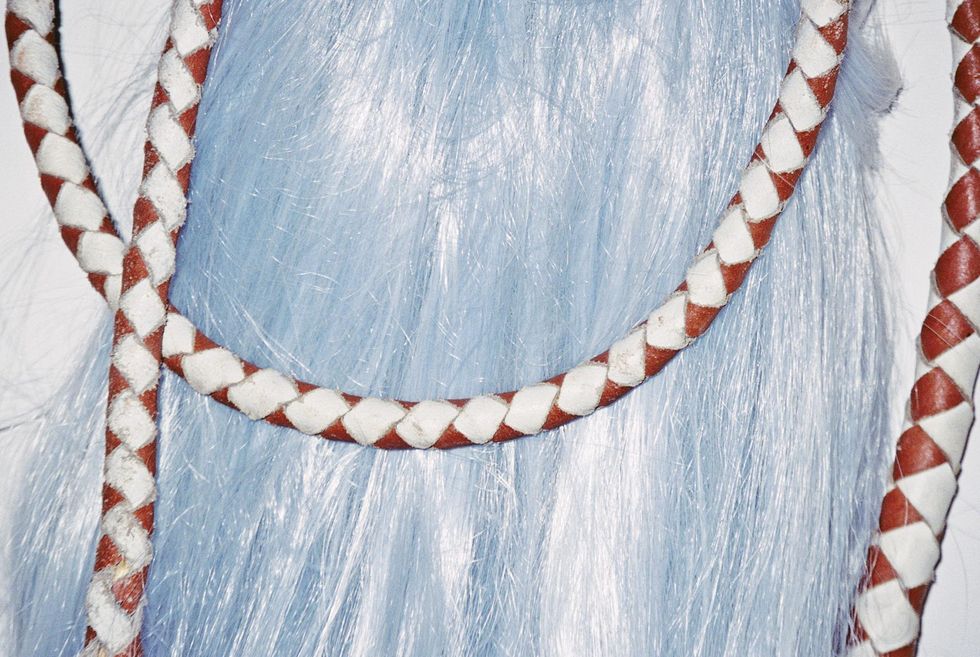
Do you have self-care tactics that you employ once a project is out in the world or ways that you decompress as an artist?
I really take my time these days. I'm not about instant gratification. I feel like I used to be more rushed with my photos. I've really started to slow down and take my time. I'm into going for walks. I love to go on adventures and go camping. I've definitely figured out a really healthy relationship with the internet and social media where I wouldn't say I'm on either for prolonged amounts of time. I try to catch myself and stop in the midst of the aimless scroll of Instagram. That's like, a vortex of depression. Being outdoors and socializing is important to me. Collaborating with other people, being of service to other people, creating space for creativity.
How do you stay true to your process and your vision, especially when doing client work?
I've never liked having a boss. I've never liked authority. If someone demands something of me and I don't agree, I'm going to say. I've been relying on pre-production or talking to clients [and] being confident in my vision before executing it.
I think it's really important to be assertive and authentic with what your process is. I've been lucky enough to shoot on film for over 10 years, [although] so many client's have [suggested], "Shoot on digital, so we can see it right away." And then I'm like, "You have to trust me here." I creative direct my projects and I always add that casting is part of my creative process. Clients have always trusted me to street cast and shoot people that I'm inspired by, which inevitably makes the experience more enriching and fun. So much of it comes down to this control I have in my artistic approach of shooting on film, casting and art directing. Modeling too, apparently — I try it all on, really.
Photography and model: Maya Fuhr
Characters : L. Llewellyn James (of Alphaholics Non-Anonymous)
Styling: Branden Ruiz
Makeup: Brithani Phatal
Hair: Mayra Godoy
From Your Site Articles
Related Articles Around the Web